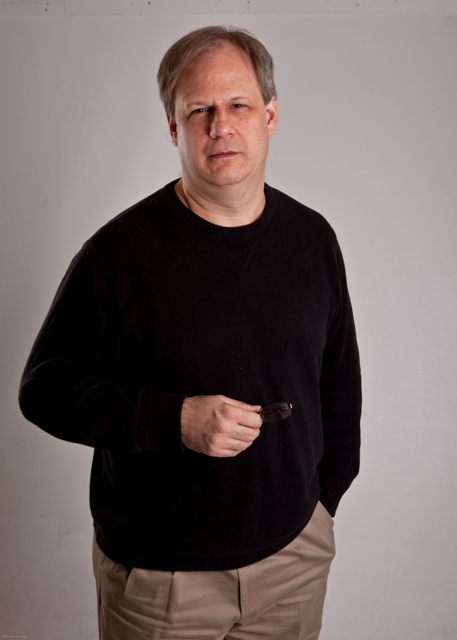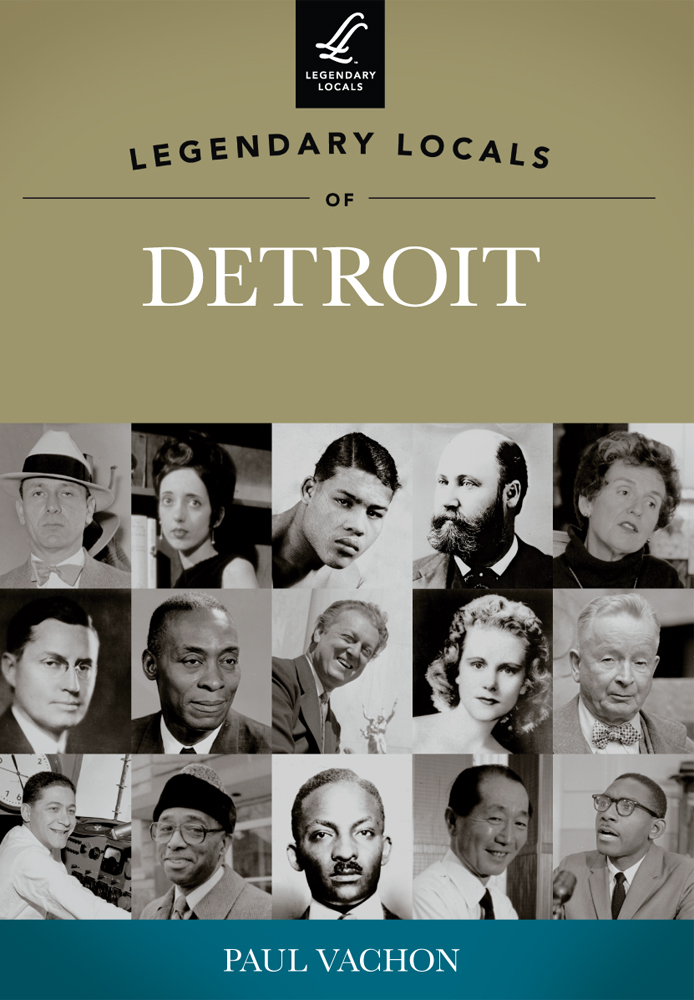Editor’s note: In this guest post, freelancer and author Paul Vachon explains what goes into writing a book of historic photographs. Don’t let the pictures fool you — compiling such a work takes careful planning and budgeting, and concise writing. — Michelle V. Rafter
The legendary editor Arthur Brisbane is credited with saying “A picture is worth a thousand words.” Despite continuous changes affecting journalism and publishing, the power of images remains constant. A well-composed photograph can enhance the impact of a story, allowing the narrative to become much more informative.
This strategy works especially well when writing about history. Quality images, which are often archival shots, can be an innovative way to bring the story to life.
I just completed my third book based on this concept, Legendary Locals of Detroit. The book is a series of profiles of select figures from the city’s past. The biographies vary from 100 to 350 words each, with at least one image accompanying each one.
Organizing a Photo-based Book
Although my publisher conceived of the general format, successfully producing a book of this type is a considerable challenge. It requires the author to use a wide array of skills, all of which can be useful in other areas of writing.

By their very nature, photographic histories are selective in what they cover. They may be organized chronologically or thematically. Either way, an astute author will choose material that represents the most significant portion of the subject. Some great examples of this are coffee table books that highlight the historic architecture of a particular area or natural wonders of the world.
Once you choose the book’s general arc, or even a specific list of planned subjects, the next step is researching potential sources for images. These sources can include historical archives, private collectors or public libraries.
Paying for Photo Rights
A vital step in the process of writing this type of book is assessing and minimizing how much it will cost to secure publication rights for images. Fees that various sources charge for the rights to publish their photographs vary, and depending on whom you’re dealing with, can be quite high. Right to a single picture can run anywhere from $15 to $100.
Sometimes publishers will assume these costs, but not always. In situations where a publisher isn’t paying, it’s essential to develop a workable production budget before signing a contact. That way, you can weigh the amount of your advance and potential royalties against the cost of securing image publishing rights.
In many cases, it’s possible to intermingle vintage images with photographs that you take, further reducing the overall cost. The pictures you take can include:
- A current view of a scene of a historic importance (which may appear the same as it did over 50 years ago)
- A monument erected in a community leader’s memory
- A building of special significance that is still standing
Don’t automatically assume that paying for publication rights will make the book financially untenable. Using some of the above strategies can make the difference between a money-losing project and one that makes good business sense.
Researching the Material
The next step, of course, is researching material to flesh out the book’s overall theme and write engaging text for both chapter introductions and captions for individual images. Usually text must fit within tight word limits, which adds to the challenge. While writing Legendary Locals, I constantly reworked each passage, eliminating superfluous articles and adjectives to sufficiently tighten the text.
The exercise paid off. The feedback I received from my editor and other writers during the proofing stage was very positive.
If you’re interested in writing a photographic history, here are several publishers that include the books in their portfolios:
- The Historic Photographs series, from Turner Publishing
- The History Press
- Arcadia Publishing
Paul Vachon is a Detroit based author and freelance writer, who covers local history, historical preservation, green living and business. Follow Paul on Twitter: @paulrvachon. You can contact him by email: pr.vachon@hotmail.com.
